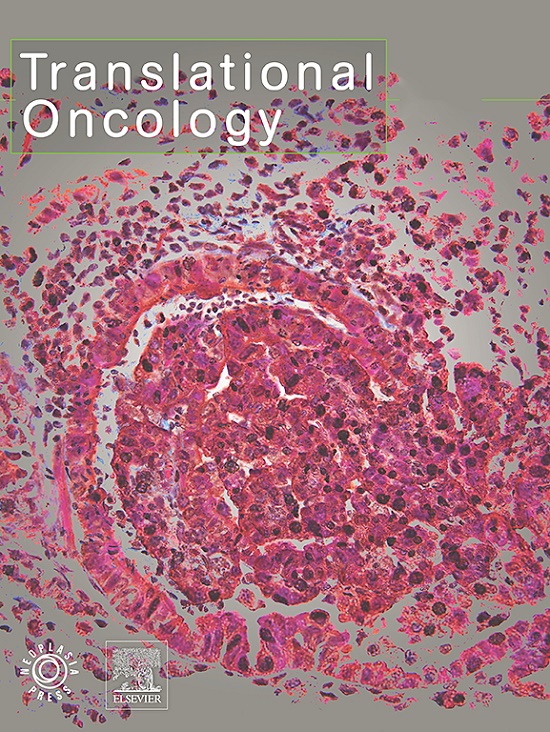易神煎通过促进 H 型血管形成,缓解与芳香化酶抑制剂相关的骨质流失
IF 5
2区 医学
Q2 Medicine
引用次数: 0
摘要
本文章由计算机程序翻译,如有差异,请以英文原文为准。
Yi Shen Tiao Gan decoction alleviates aromatase inhibitor–related bone loss by promoting H-type vessel formation
Aromatase inhibitors (AIs) are the main drugs used in the endocrine therapy of breast cancer. Given the continuous reduction in their estrogen levels, the quality of life and medication compliance of patients with osteopenia and osteoporosis, also called aromatase inhibitor–associated bone loss (AIBL), are seriously affected. Yi Shen Tiao Gan decoction (YSTG) is a traditional Chinese medicine prescription that is widely used in China to treat AIBL. Clinical studies have shown that YSTG can effectively decelerate AIBL. However, the molecular mechanisms underlying the effects of YSTG on AIBL remain unclear. In contrast to previous studies on the mechanism of AIBL, which focused on the relationship between estrogen and osteoclasts, this study adopts a novel perspective by focusing on H-type blood vessels and Slit guidance ligand 3 (SLIT3). H-type vessels, a recently identified subtype of capillaries, are predominantly located in the epiphysis and endosteum of long bones. These vessels play a crucial role in mediating the coupling of angiogenesis and osteogenesis within the bone microenvironment, with their abundance serving as a sensitive indicator of bone mass. Notably, SLIT3, a proangiogenic factor secreted by osteoblasts, is actively involved in the regulation of H-type vessel formation and bone formation processes. Here, we used the inoculation and resection of breast cancer xenografts, bilateral ovaritectomy (OVX), and gavage of letrozole (Femara) to construct a suitable AIBL animal model, which was verified by ELISA, microcomputed tomography (micro-CT), hematoxylin and eosin staining, and OCN and tartrate-resistant acid phosphatase (TRAP) immunohistochemical staining. H-type vessels were used as the entry point to study the mechanism of AIBL on the basis of the AIBL animal model. Among mice, the nude mice in the mastectomy (MX)+OVX+Le group showed the most severe bone loss after breast cancer cell implantation and resection, OVX, and Le gavage. Therefore, this group was suitable as an animal model of breast cancer AIBL than other groups. The animal experiment on the mechanism of YSTG in improving bone loss found that YSTG treatment significantly reduced the contents of C-terminal telopeptide of type I collagen, procollagen type I N-terminal propeptide, and growth hormone and increased those of serum estradiol and SLIT3. Micro-CT quantitative detection showed that after YSTG treatment, bone BMD, BV:TV, and Tb.N increased. The HE staining of bone tissue revealed that the thickness and number of trabecular bone and the number of cells in the cartilage layer of the femur remarkably increased after YSTG treatment. YSTG reduced TRAP content near the growth plate of the femoral metaphysis. YSTG significantly increased the OCN content at the margin of the trabecular bone in the metaphysis of the femur. Immunofluorescence results confirmed that YSTG could increase the amount of H-type vascular cells in bone. WB analysis confirmed that YSTG could significantly up-regulate the expression of SLIT3 protein in bone tissue. Therefore, YSTG may improve bone loss by up-regulating SLIT3 to induce H-type angiogenesis.
求助全文
通过发布文献求助,成功后即可免费获取论文全文。
去求助
来源期刊

Translational Oncology
ONCOLOGY-
CiteScore
8.40
自引率
2.00%
发文量
314
审稿时长
54 days
期刊介绍:
Translational Oncology publishes the results of novel research investigations which bridge the laboratory and clinical settings including risk assessment, cellular and molecular characterization, prevention, detection, diagnosis and treatment of human cancers with the overall goal of improving the clinical care of oncology patients. Translational Oncology will publish laboratory studies of novel therapeutic interventions as well as clinical trials which evaluate new treatment paradigms for cancer. Peer reviewed manuscript types include Original Reports, Reviews and Editorials.
 求助内容:
求助内容: 应助结果提醒方式:
应助结果提醒方式:


